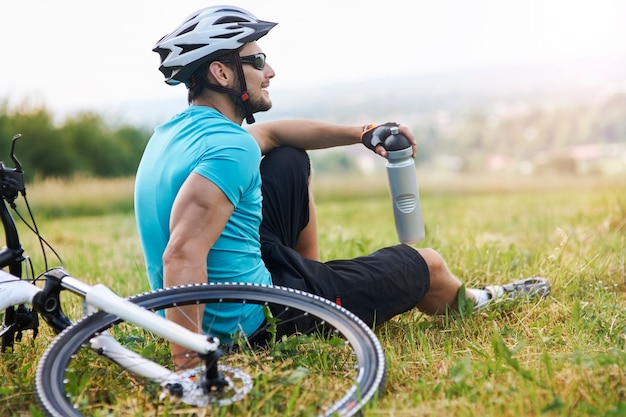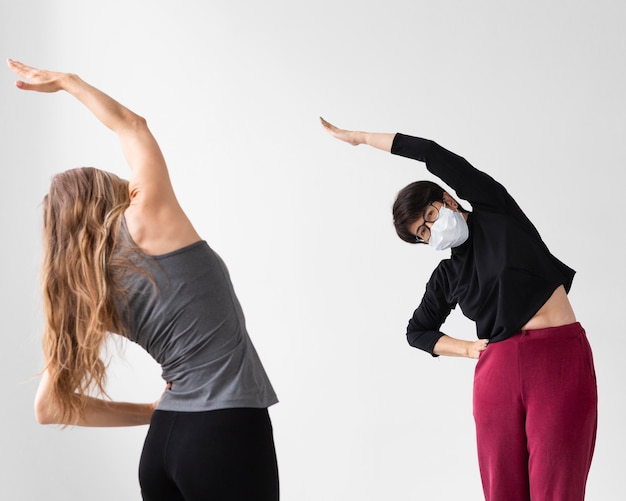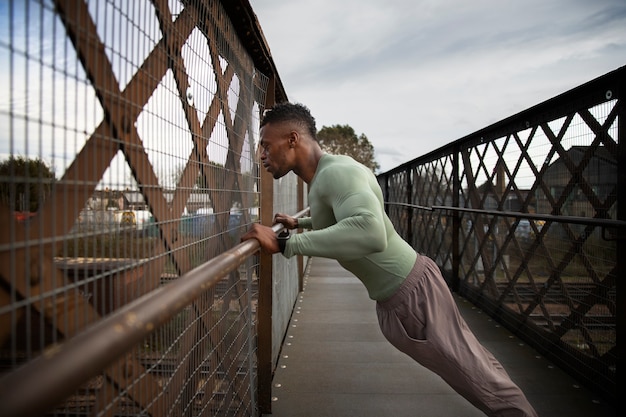Cycling demands more than just leg power. A strong, stable core is essential for maintaining posture, improving efficiency, and preventing injury—especially during long rides or intense climbs. While static stretching has its place, dynamic stretching is far more effective for preparing the body for movement. This article explores 18 science-backed dynamic stretching exercises that enhance core stability, explains why they work, and shows how cyclists can adapt them for maximum benefit.
Core stability refers to the ability of the muscles around your trunk—abdominals, obliques, lower back, and hips—to work together to support your spine and maintain control during movement. On the bike, a stable core helps transfer power efficiently from your upper to lower body, reduces fatigue, and minimizes strain on your lower back and neck.
Dynamic stretching, which involves controlled movement through a range of motion, activates the neuromuscular system and increases blood flow—making it ideal as part of a warm-up routine before cycling.

Moves the spine through flexion and extension, activating deep core stabilizers and improving spinal mobility.
Engages obliques and improves rotational control—key for handling and balance on the bike.
Activates hip flexors and core stabilizers by challenging balance with each swing.
Targets adductors and engages the transverse abdominis to maintain upright posture.
Stretches glutes and lower back while requiring core engagement to stay balanced.
Improves hip flexor mobility and challenges anterior core stability with each step.
A full-body movement that strengthens the core, shoulders, and hamstrings while promoting coordination.
Elevates heart rate and engages fast-twitch core muscles for dynamic stability.
Improves hamstring flexibility and requires core control to maintain upright form.
Large arm movements challenge anti-rotational core strength when performed with a stable torso.
Activates obliques and improves lateral flexibility, supporting upper body stability on climbs.
Loosens tight hip joints and recruits deep core muscles to control pelvic motion.
Adds resistance to knee lifts, increasing core demand to stabilize the pelvis.
Transitions between forearm and hand planks, challenging core control and shoulder stability.
Promotes spinal rotation and engages obliques while improving coordination.
Performed with controlled movement, this enhances rotational mobility and oblique activation.
Although often static, performing slow, controlled reps warms up deep core muscles effectively.
Improves anti-extension and anti-rotation stability—critical for maintaining form on rough terrain.
Not all cyclists have the same flexibility or training background. Adaptations ensure safety and effectiveness:
Perform this dynamic routine before every ride as part of your warm-up. Aim for 8–12 reps per side or 30 seconds per exercise. Total time: 8–12 minutes. Avoid holding stretches—focus on smooth, controlled motion.
For endurance rides or races, prioritize activation of the deep core and hip stabilizers. After cycling, consider static stretching or yoga for recovery—such as beginner yoga flows focused on hips and core, which can relieve tightness and improve long-term flexibility.
Core stability isn’t built overnight, but integrating dynamic stretching into your pre-ride routine is a powerful step toward better performance and injury prevention. These 18 movements are practical, effective, and easy to adapt—making them ideal for cyclists of all levels.
By understanding what each stretch does and how to modify it, you gain clarity and control over your body’s readiness—so you can ride stronger, longer, and with greater confidence.

Fitness

Fitness

Fitness

Fitness

Fitness

Fitness

Fitness

Fitness

Health

Fitness

Fitness

Fitness

Health

Fitness

Health

Health